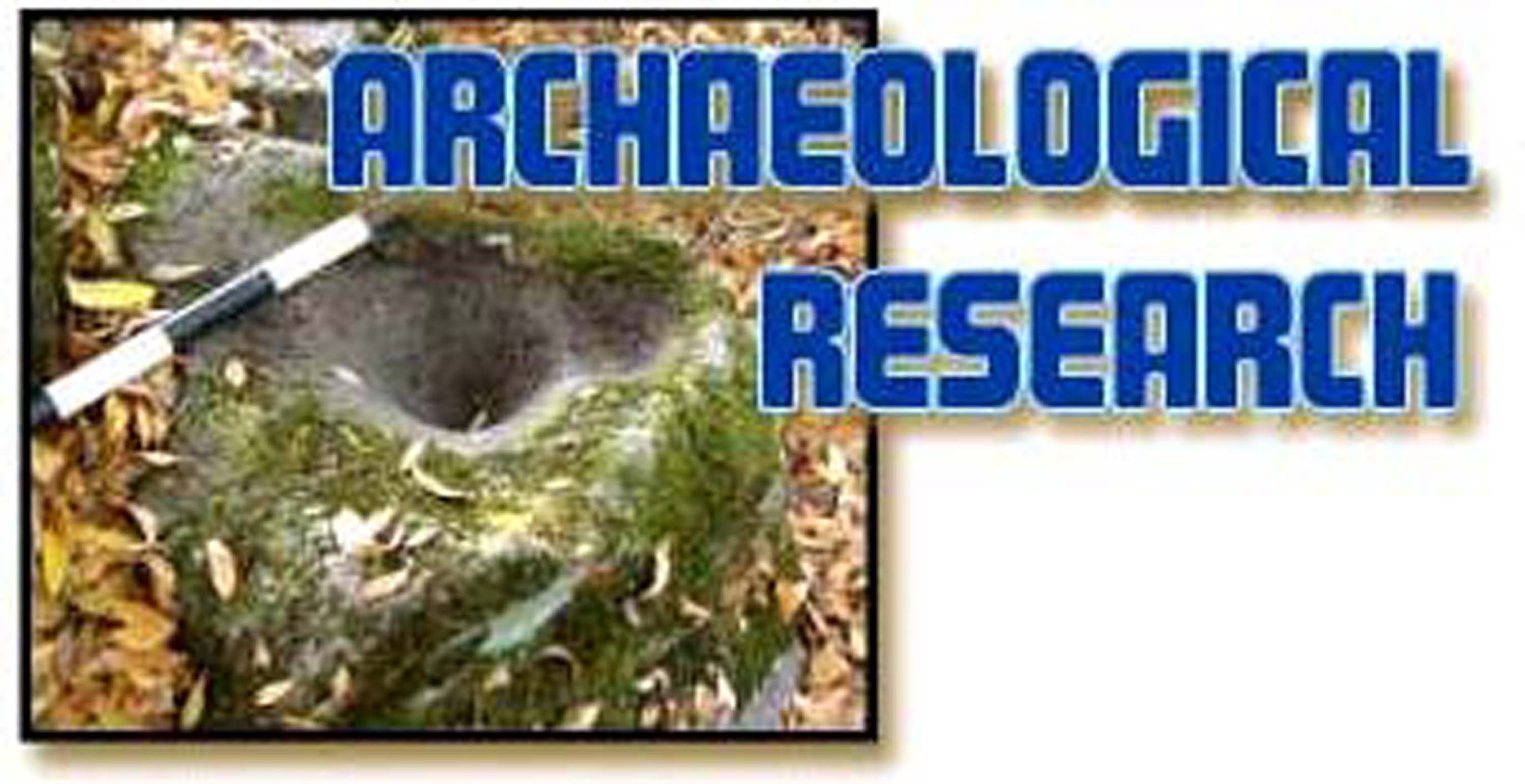Outhouse Interpretation

Although there is much more research that can be conducted, even with this minimal evaluation, it is clear that materials recovered from the privy vault have, and will continue to provide, more information about the daily life of the Immaculate Heart Academy than any historical documents that might be found.
Age of Deposit
Artifacts and historical maps suggest the vault was in use for a period of about 20 years between 1887 and 1907. The most obvious dating evidence recovered was a celluloid calendar from 1902 (A-434).
The items recovered have not only provided a look into the educational aspects of the school, but have also allowed an examination of turn-of-the-century medical practices, personal living habits, recreation, and institutional food production.
Appearance and Hygiene
During this analysis we have learned that appearances were important. Button analysis suggests that the clothes of both students and nuns were plain, however they were washed regularly, shoes were polished, and hygiene was looked after. It appears that most boarders had their own toothbrushes and combs, flea combs were used when needed, and perfumes and colognes helped keep things smelling good between baths. Bracelets, hairpins, and other adornments were not common, with the exception of rosaries, religious necklaces and medallions.
Living quarters were brightened up with fancy flower-filled vases and a pet bird.
Toys and Play
Toys were almost exclusively female oriented, suggesting a clear separation between the Immaculate Heart Academy girl students and the students at the adjacent Boy’s School. Outdoor play areas were most likely located in the western part of the school property. Rainy-day play likely took place in the dining hall. Toys fell into two groups; “personal-play” items (e.g. dolls, harmonicas, etc.), and “group-play” items (e. g. jax, toy dishes, etc.).
Food and Eating
The location and type of dishes discovered suggest that the nuns ate their meals on “Victorian” style dishes in the Chapel building, while the students ate meals on common stoneware dishes in the kitchen/dining building. Diet appeared to be made up of bulk canned foods and fruits, as well as fresh fruits and garden vegetables (squash, peaches, cherries, corn on the cob), meat, chicken, fish, and shellfish (most likely clam chowder). It appears that all cooking took place at the school.
Chinese Interaction and Male Employees
There was evidence of interaction with the Chinese community that lived two blocks east of the school. A Chinese shipping jar had been converted into a planter. In addition, pieces of Chinese rice bowls, condiment dishes, food and liquor jars, and a medicine vial were found in Unit A. It is possible that laundry or cooking activities were performed by a Chinese employee.
Male oriented items were discovered suggesting that the school hired a male cook or handyman that operated out of the kitchen/laundry building.
Education
Writing implements dominated the teaching items recovered. These materials fell into three major categories that most likely correspond with three levels of education.
- The elementary writing implement was the slate board and slate writer. These were likely used by the students in elementary classes as an inexpensive, reusable tool for learning to read and write.
- The second level would have been pencils. Many were discovered, both with and without erasers. Most pencils appeared to have been hand sharpened and were not discarded until the point had been sharpened to the bitter end of the pencil. It is likely that pencils were used by more advanced students to create a more permanent written record.
- The third level of education was most likely represented by the presence of many steel pen nibs and ink bottles. These items would have been more costly than the reusable slate boards and pencil implements. It is likely that ink and pen were reserved for the most advanced students.
Fancy gold and brass pen nibs along with fancy ink wells provide insight into the writing implements used by the teachers and school administrators. Eye glasses (with both decorative and corrective lenses) were recovered suggesting that glasses were both in style and, in some cases, necessary.
Infirmary
One of the most interesting classifications of material recovered were the medicine bottles. Although there is historic documentation that an infirmary for women existed at the school, the historical record has no information on the types of ailments treated. Based on patent medicine bottle analysis, we now know that the infirmary housed patients that were suffering from tuberculosis, constipation, the common cold, weakness, pain, stomach acid, rash, infection, kidney/bladder problems, and “female” problems.
Through analysis of prescription bottles and their place of origin, information about where some of the patients may have come from was gathered. Most patients were using prescriptions from local San Luis Obispo pharmacies, however, others were using prescriptions from Los Angeles, San Francisco, San Bernardino, and Petaluma pharmacies.
In addition to the infirmary patients, it was discovered that students were suffering from constipation and dandruff.
